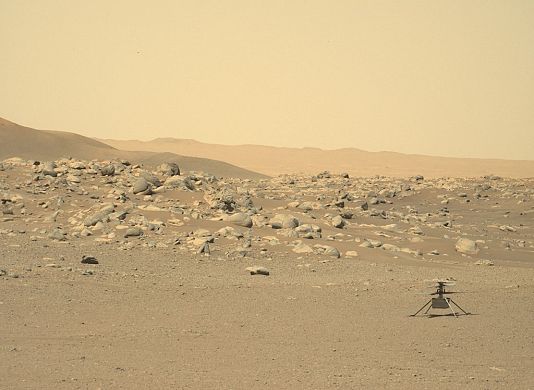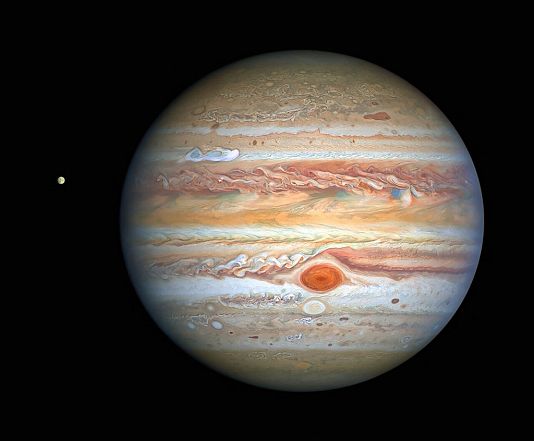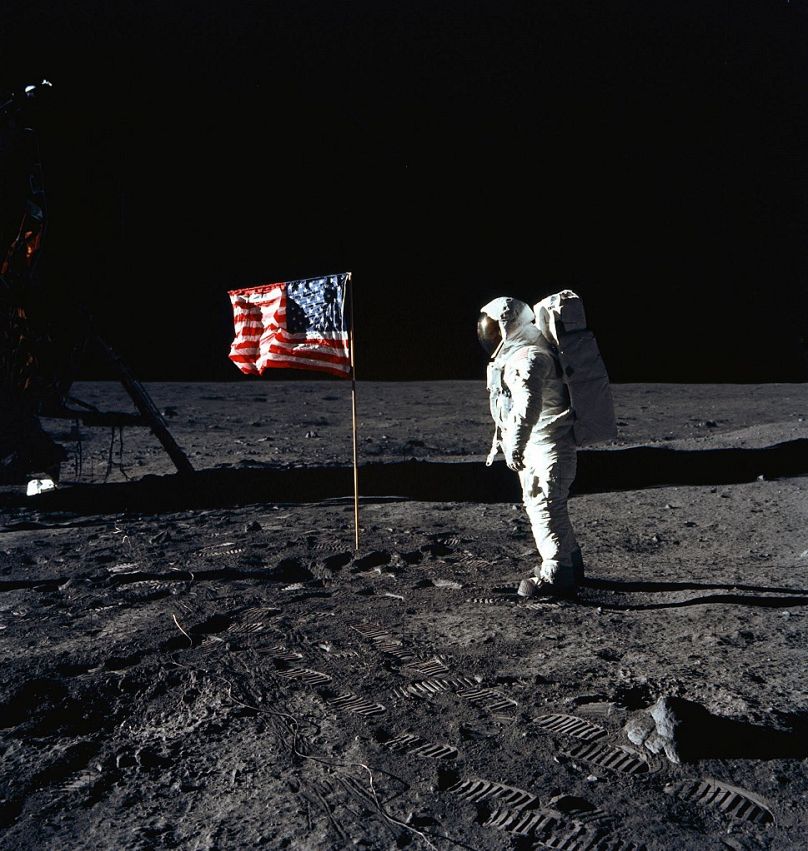Keeping track of everything going on beyond Earth’s stratosphere can be tricky. As the number of actors in the space industry keeps on increasing, some experts are calling for additional regulation, as it's getting crowded up there.
 ADVERTISEMENT
ADVERTISEMENT
We hear lots about space launches and expeditions but, although spectacular, manned missions are quite rare. Thousands of satellites are currently orbiting Earth, and this number will keep on increasing. As the costs associated with their launch and maintenance go down, private companies are seizing the opportunity.
“If two satellites are on a collision course, who gets out of the way? Who has the right of way? There are no rules for that. There are no procedures in place to get operators to talk to each other," space policy expert Bleddyn Bowen told Euronews.
So… What exactly is going on up there, and who is regulating it?
The Moon, Mars and beyond
Astronauts have been continuously up in space since the year 2000. Crews from 15 countries take turns up on the International Space Station, or ISS. They regularly perform spacewalks and lead a variety of experiments and monitoring missions to increase their knowledge of space.
However, by the end of this decade, humans should be back on the Moon with NASA’s Artemis mission.
After establishing a lunar base, astronauts could soon go to Mars, where no human has ever set foot. They would join the handful of robots currently exploring the red planet – that regularly send selfies and videos back down to Earth.
Right now, a spacecraft is travelling to go even further in our solar system: Jupiter. The European Space Agency [ESA] launched its explorer, Juice, in April 2023. It should reach some of the gas giant’s icy moons by 2031.
One in particular, Europa, is of interest to scientists. It’s thought to have similar characteristics to Earth, meaning it’s where chances of finding extraterrestrial life are the highest.
Closer to home, about six thousand satellites currently orbit Earth. They gather data for scientific and military purposes but also assist us in our daily lives with communication and navigation.
It’s actually with satellites that private actors joined the space industry in the 1990s. Nowadays, some also regularly provide services for state agencies. For instance, Space X capsules bring most astronauts to and from the ISS.
Private and public sectors are complementing each other, as explained by Philippe Willekens, head of the communication department at the ESA: "It’s not only about financing. It’s more about mindset. It’s more about the approach. It’s more about how these new actors are conducting and developing space projects. So, it’s the perfect complement to the public sector. We, the public sector, are not alone anymore".
Who is regulating all of that activity?
“The Outer Space Treaty of 1967 is the foundation of space law and laws in outer space," Bowen told Euronews. "And whilst they are very, very broad and they are a framework of laws that most states in the United Nations have signed and ratified, it's one of the most popular treaties in the United Nations system.“
In the last 30 years, an increasing number of private actors have joined the space industry, mostly getting satellites into orbit for commercial purposes. As it is cheaper than it used to be, their number keeps on increasing.
Some experts, like Bowen, are calling for more regulation to be implemented. Rules, such as right of way, were not needed back in the 1960s, but are becoming pressing nowadays.
"In the past, there have been instances where the Space Agency has been getting in touch with a private company because they're on a collision course," he said. "The private company wasn't picking up the phone. There was no response whatsoever.
"So the government Space agency moved their satellite out of the way. Those are serious governance issues in space, and we will probably see a lot more“.













